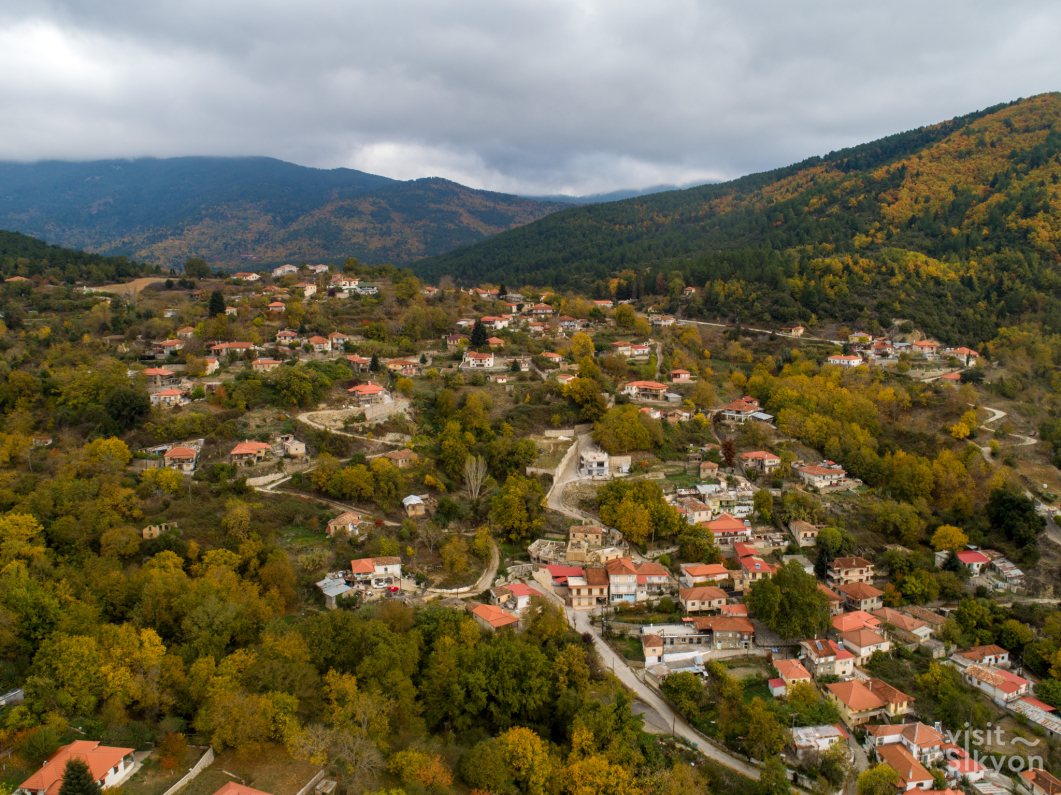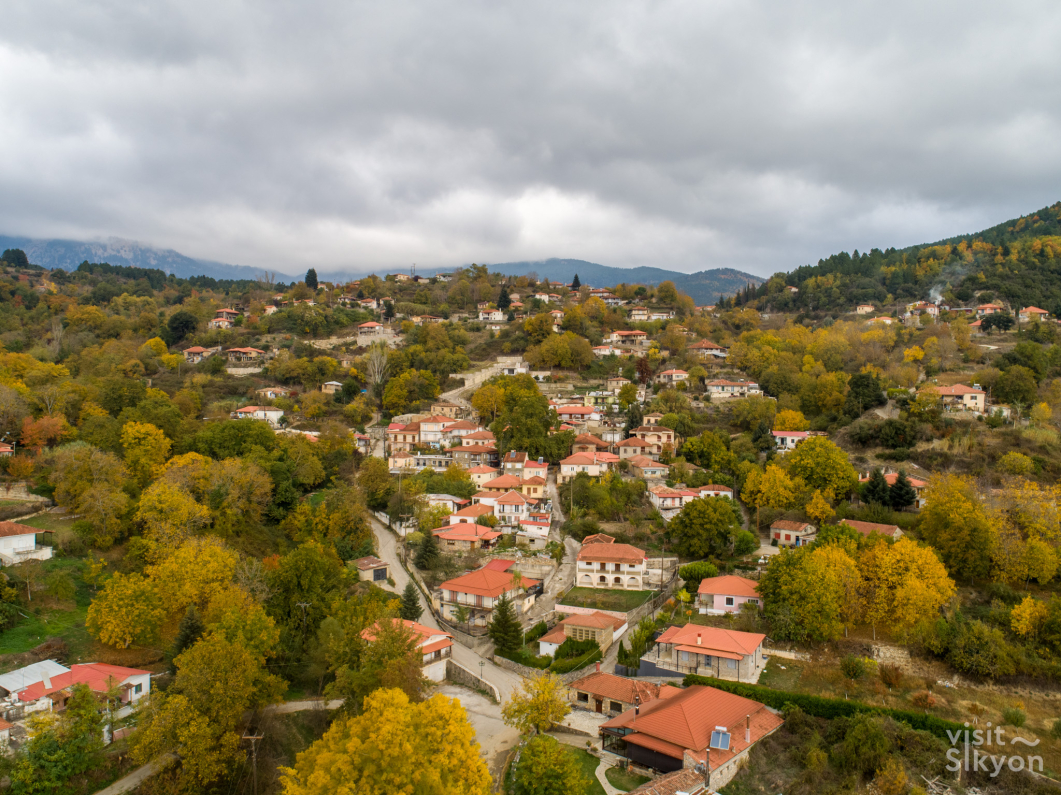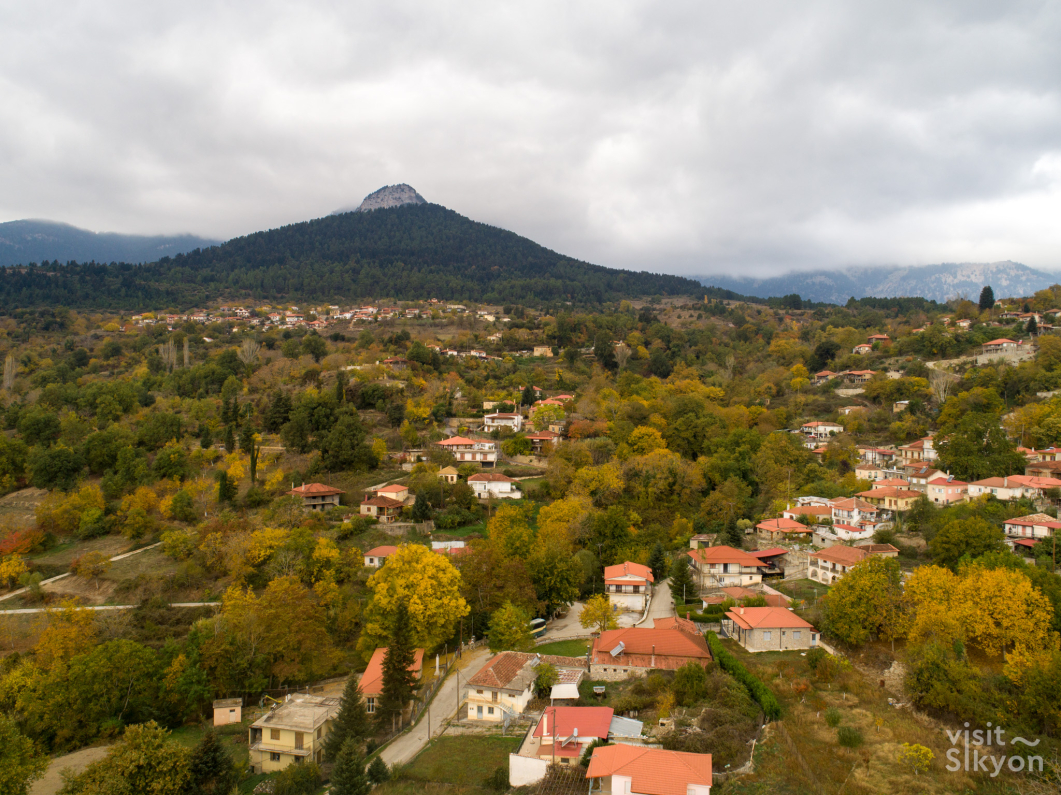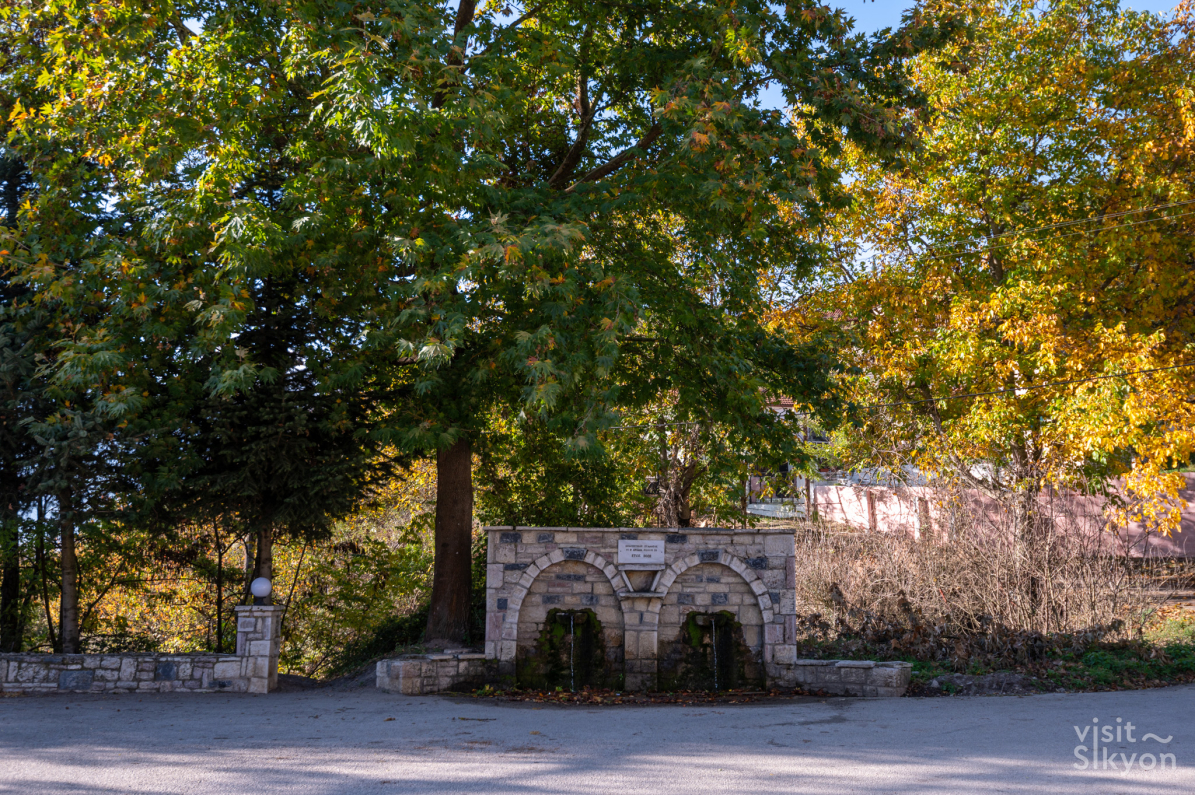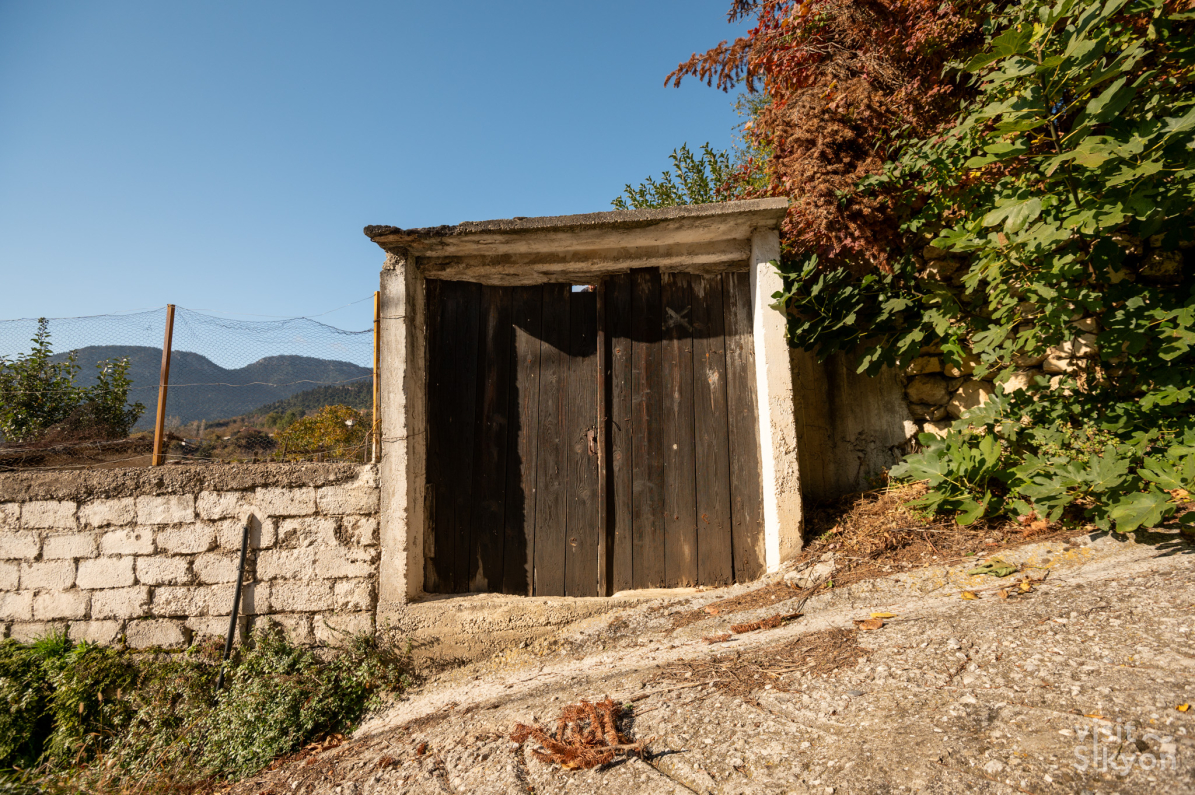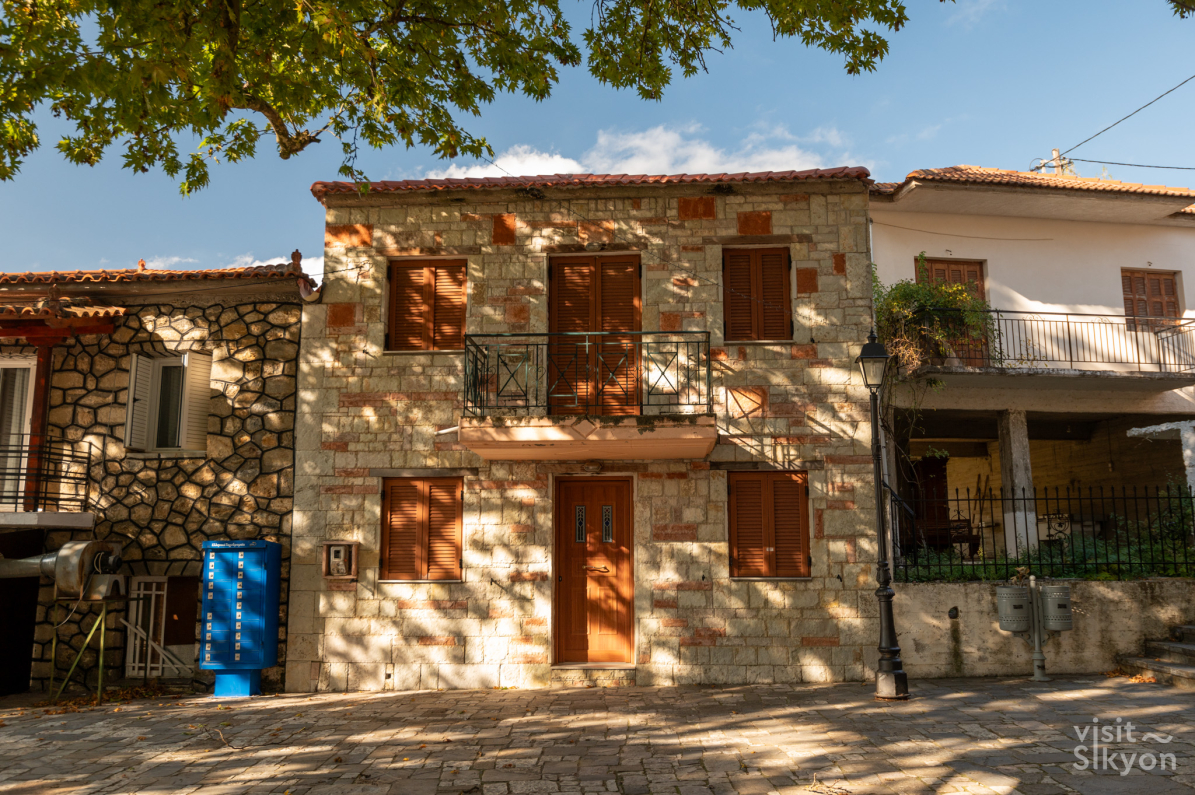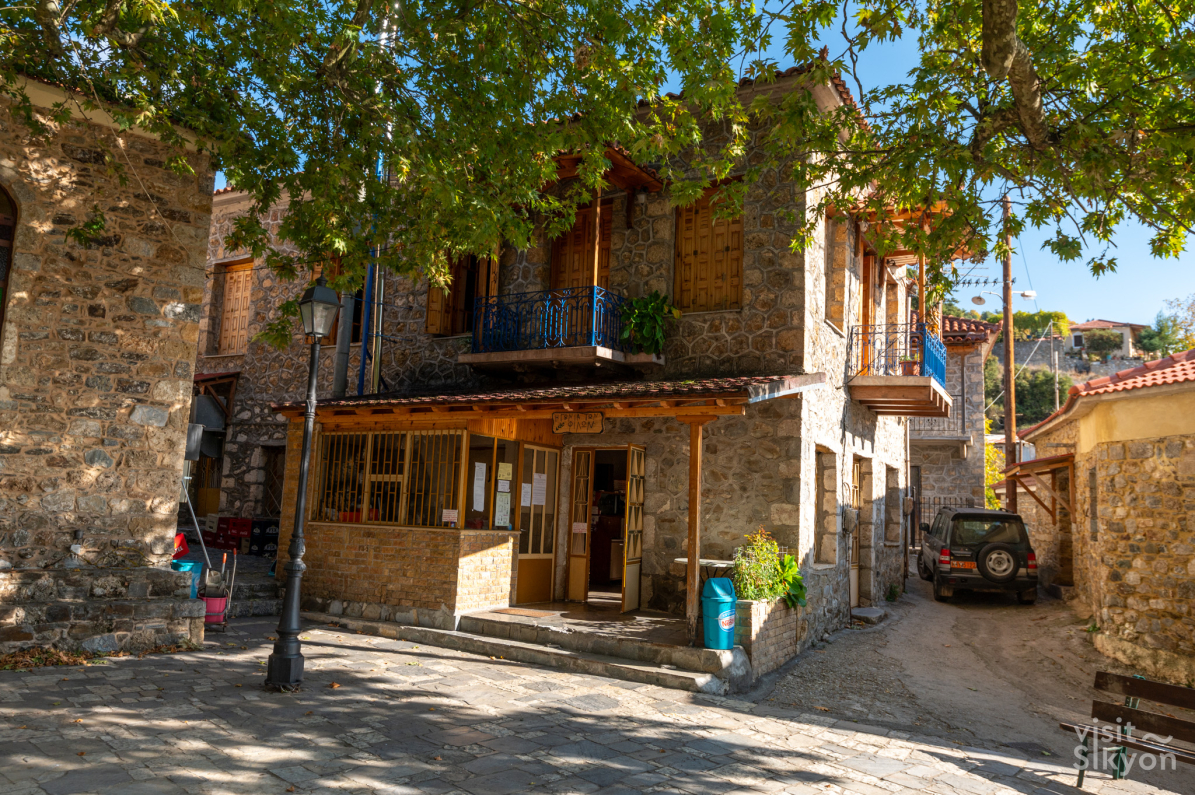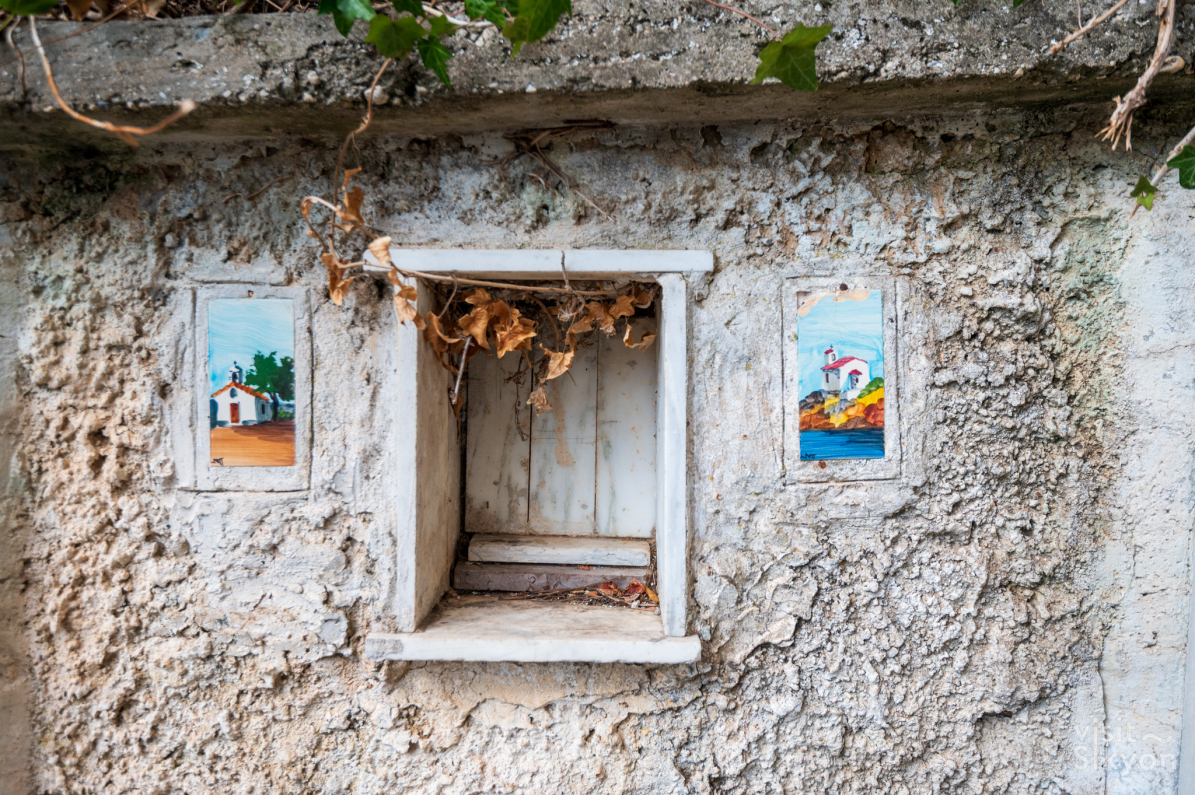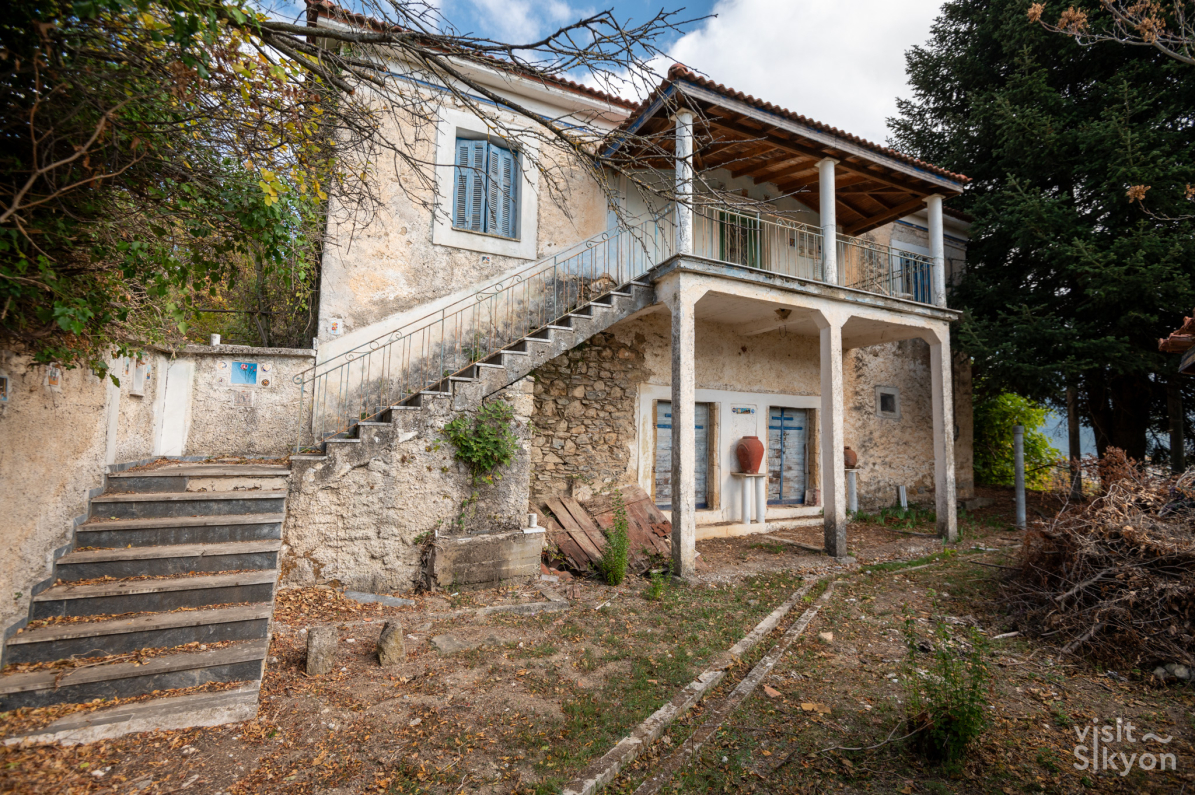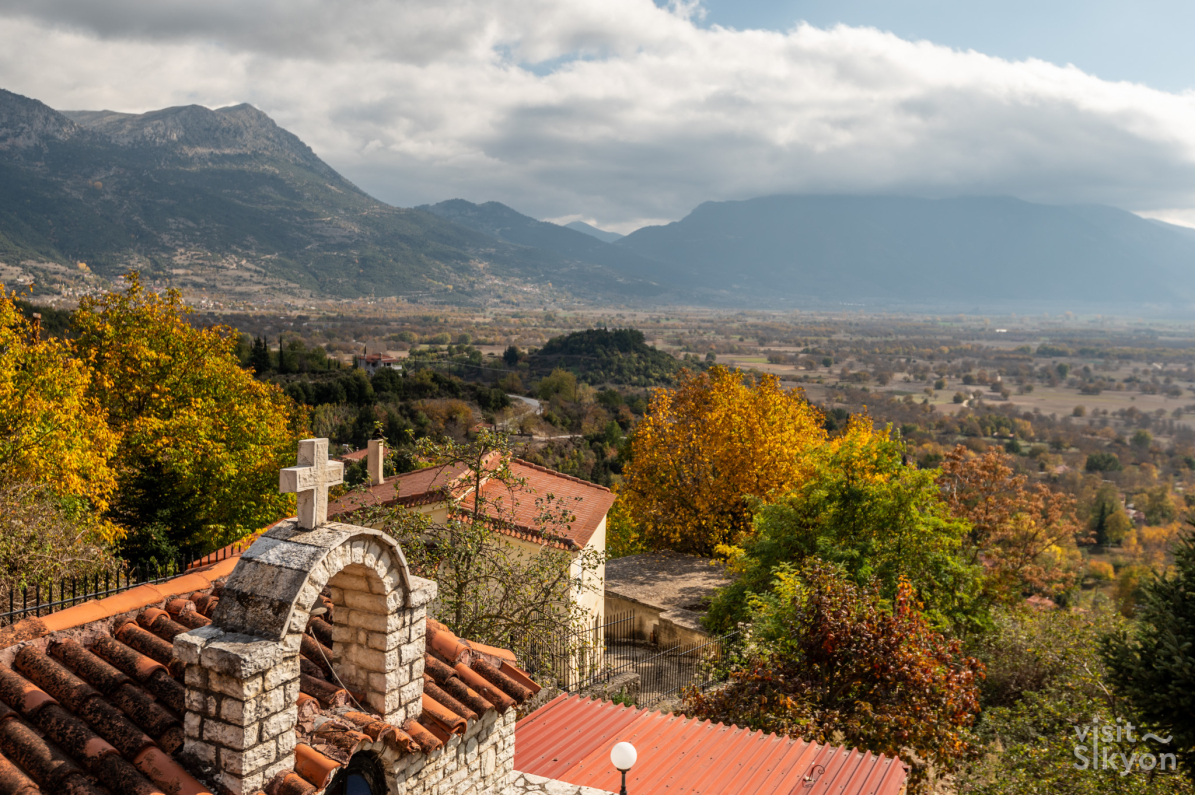Ancient Feneos (Kalyvia)
The village of Ancient Feneos is situated at an altitude of 740 meters and includes two additional settlements, Vilia and Louzi, within its boundaries. It lies in the northern part of the Feneos basin, on the southern slopes of the Stroggylovouni peak.
In the area around the settlement, specifically on the hill of Agios Konstantinos, lie the ruins of the ancient city of Feneos, an important city of early antiquity. Remarkably, it is mentioned in the Catalogue of Ships in Homer's Iliad as a participant in the Trojan War under the leadership of Agamemnon. According to Greek mythology, Heracles also had roots in Ancient Feneos, which explains his close connection to the region and the massive drainage works attributed to him.
During the Greek War of Independence, Ancient Feneos played a crucial role due to its proximity to the historic Monastery of Saint George. In 1827, it served as a strategic camp for Kolokotronis, where he organized the Greek resistance against Ibrahim at the Mega Spilaio.
The village's modern name, Kalyvia (meaning "huts" in Greek), derives from the floods of the Olvios River that occasionally blocked the sinkholes of the Feneos plain. During these floods, the inhabitants were forced to abandon their flooded homes and relied on small shelters, or "kalyvia," to check on the water levels and their properties.
Interestingly, within the boundaries of the Louzi settlement, to the west of Ancient Feneos, the place name "Limani"(meaning "harbor") still survives, a reminder of the times when boats would dock there during the frequent flooding of the plain.

